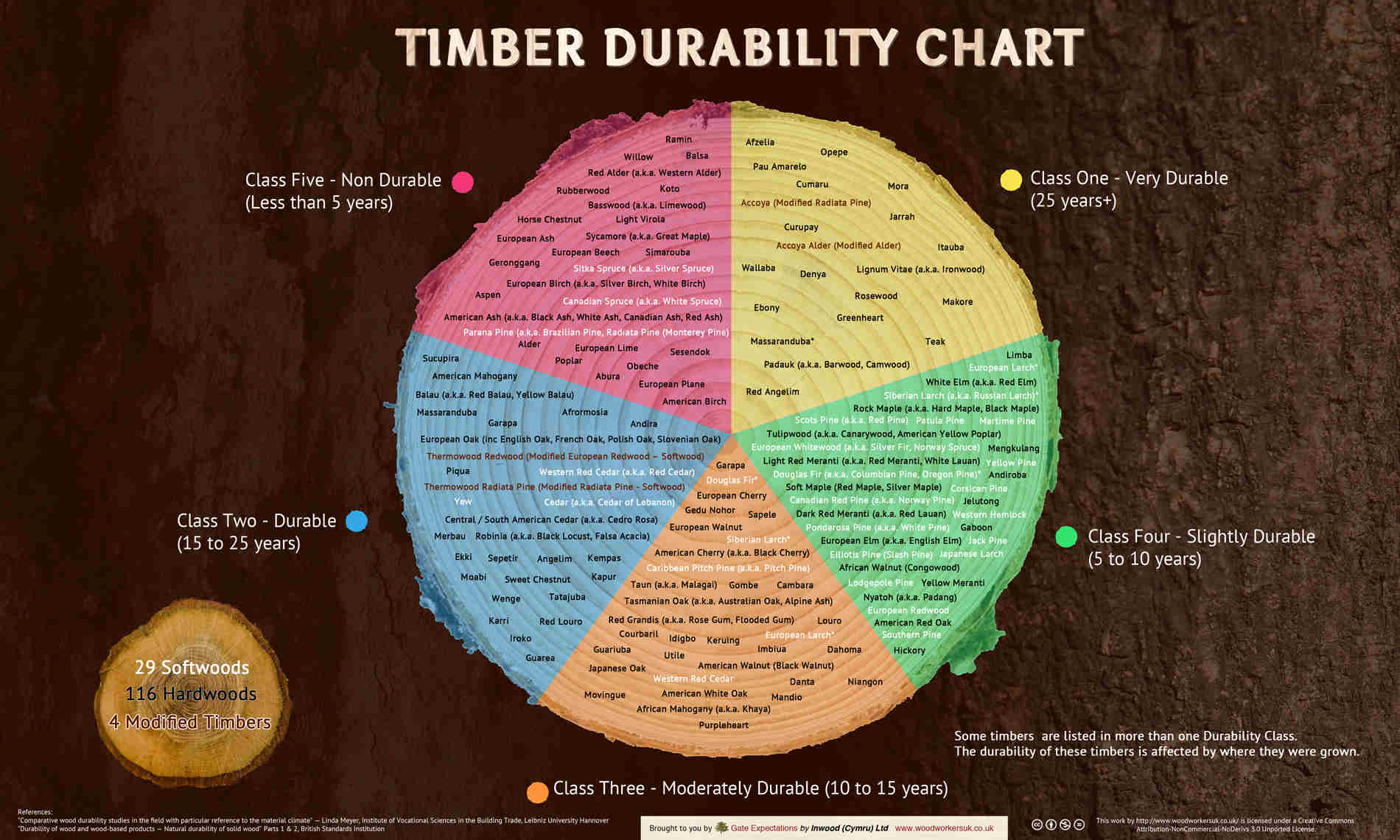I have got to make a frame over which I need to stretch some garden net to protect a pond. It's simple enough, 2 frames 3m x 1m and I should think 50mm x 25mm for the timber..
So it's something that I can easily make and replace from time to time, but what is the best wood to use that will be most resistant to rotting and has no risk of poisoning the pond?
Cheers
So it's something that I can easily make and replace from time to time, but what is the best wood to use that will be most resistant to rotting and has no risk of poisoning the pond?
Cheers




































